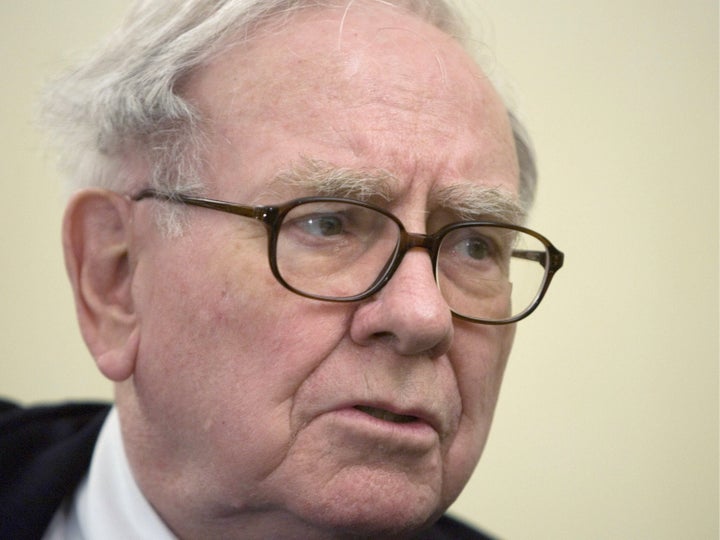
Warren Buffett would not buy newspapers "at any price." According to PaidContent, Buffett said today:
The current environment is accentuating problem in newspapers -- but it's not the basic cause. Charlie and I read five a day. We'll never give them up. We would not buy them at any price. They have the possibility of going to unending losses. They were essential to the public 20 years ago. Their pricing power was essential with customer. They lost the essential nature. The erosion has accelerated dramatically. They were only essential to advertiser as long as essential to reader. No one liked buying ads in the paper -- it's just that they worked. I don't see anything on the horizon that causes that erosion to end.
This from the owner of the Buffalo News and a board member of the Washington Post Company.
And they call me a doomsayer.
Now add to this what Jeffrey Cole of USC said in his latest valuable report:
We're clearly now seeing a path to the end of the printed daily newspapers -- a trend that is escalating much faster than we had anticipated," Cole said. "The decline of newspapers is happening at a pace they never could have anticipated. Their cushion is gone, and only those papers that can move decisively to the Web will survive.
I wondered whether Vanishing Newspaper author Philip Meyer -- who's often quoted as predicting the last paper rolling off a press in 2043 (though as you'll see, that's not quite right) -- had updated his prognostication. Last year, he wrote this:
Judging by the Google alerts the book's title has accumulated since then, readers took away the wrong message.
This reference from The Economist is typical: "In his book 'The Vanishing Newspaper,' Philip Meyer calculates that the first quarter of 2043 will be the moment when newsprint dies in America as the last exhausted reader tosses aside the last crumpled edition."
That's a clever image, and it is true that extrapolating the recent linear decline in everyday readership would show a zero point in April 2043. But newspaper publishers are not so relentlessly stubborn that we can expect them to continue churning out papers until there is only one reader left. The industry would lose critical mass and collapse long before then.
Moreover, straight-line trends do not continue indefinitely. Nature throws us curves.
Meyer's superb piece was written probably just before last fall's crash -- one helluva curve.
Add this all up and it keeps getting clearer and clearer: It makes less sense every day to try to preserve and protect - to invest in - what is obviously a failing model. Every day that papers keep printing is a day that they haven't reinvented themselves for a new reality.
The same can be said of the auto industry, retail, banking, education, and many other sectors of society. But those will be the subjects of upcoming posts (and maybe more).
This isn't doomsaying, though. It is a reality check. It is nothing more than observing what is obviously and inexorably happening in the economy and society. The insane response to this change is to resist it and mourn it. The sane response is to find the opportunity in it.
Don't bail. Build.
It may be too late for newspapers to find that opportunity. But others will find it. That's not doomsaying. That's optimism.
